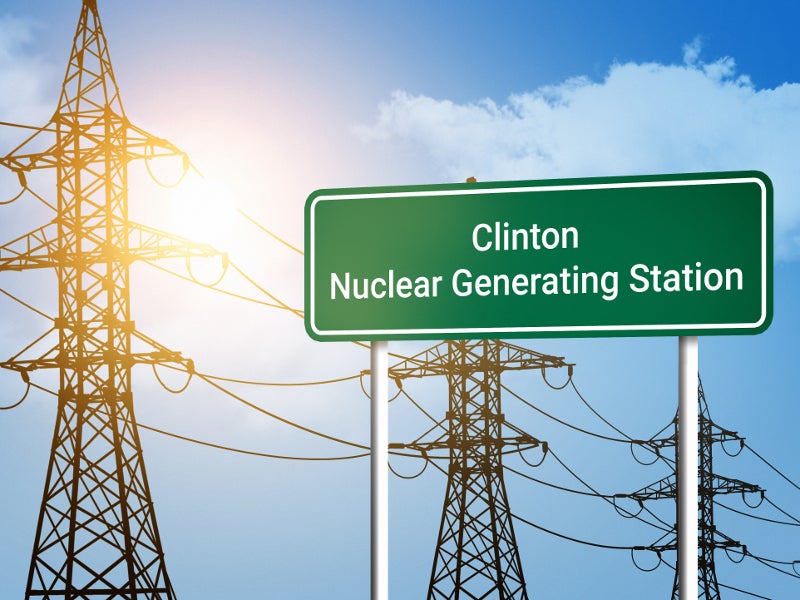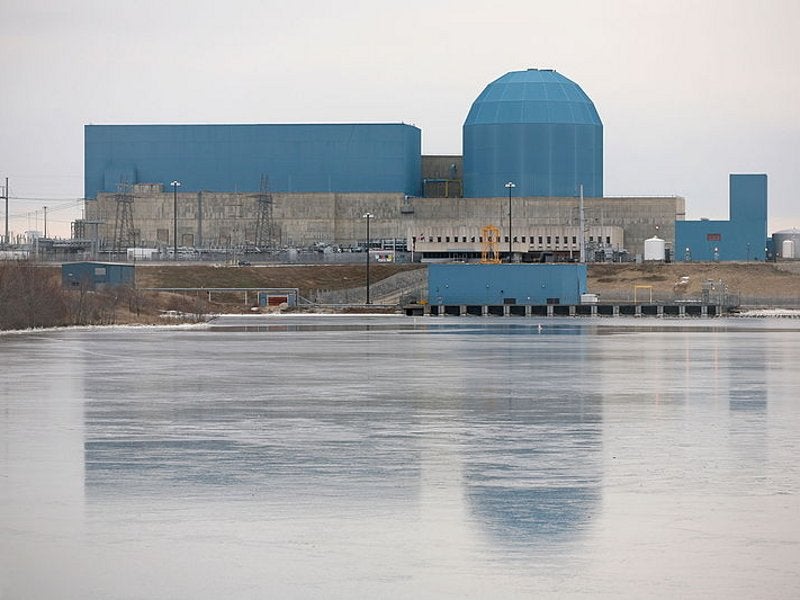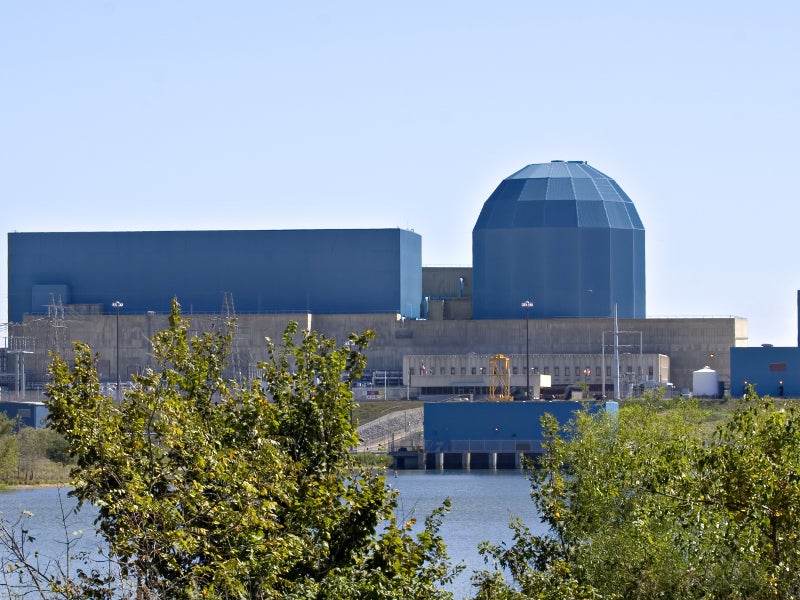The Clinton power station (CPS) is a single-unit nuclear power plant located approximately 13km east from the city of Clinton, in Illinois, US.
Currently owned and operated by Exelon Generation, a subsidiary of US-based Exelon Corporation, the Clinton nuclear power plant features a single boiling water reactor (BWR) unit with 1,062MW of net electric capacity, that serves approximately one million Illinois homes.
Although the power plant commenced operations with a design net capacity of 950MW in April 1987, the reactor unit’s net capacity was increased to more than 1GW in 2002.
The construction of the CPS was started in 1976 after receiving the necessary approvals from the US Atomic Energy Commission in 1973.
The Clinton power station supplied 8,388GWh of electricity at an annual load factor of 90% in 2019. The facility’s current operating license is valid until April 2027.
Plant ownership
The Clinton power station was initially owned by Illinois Power Company (80%), Soyland Power Cooperative (10.5%), and Western Illinois Power Cooperative (9.5%).
The ownership stakes were sold to AmerGen as the Illinois Power-led consortium faced difficulty in running the power plant amidst frequent shutdowns and running losses during the initial decade of the power plant operation.
AmerGen’s assets were merged into its parent company, Exelon, thereby transferring the complete ownership of the power station to Exelon in 2009.
Plant location and site details
The Clinton power station is spread across 14,300 acres in Rural Harp Township of DeWitt County, in close proximity to the 5,000-acre Clinton Lake.
Clinton power station make-up
The Clinton NPP consists of a BWR/6 Mark III containment type boiling water reactor and a steam turbine generator supplied by General Electric. The power station also houses an emergency operation centre, heat-dissipation system, three emergency diesel-powered generators, a waste-water treatment facility, apart from other auxiliary equipment to ensure operational and environmental safety.
Retrofit and upgrades
In January 2020, the power station was equipped with test assemblies of ARMOR-coated zirconium cladding and IronClad accident tolerant fuel solutions.
The installed assemblies will enhance nuclear fuel reliability and safety by providing oxidation resistance and consistent radioactive material behaviour under different circumstances. ARMOR will also enhance the protection of fuel rods against debris fretting.
The technology was supplied by Global Nuclear Fuel (GNF), a joint venture (JV) led by General Electric and Hitachi.
The GE-Hitachi JV was also contracted for the upgrade of the power plant during 2002.
Water procurement and waste treatment
Although drillings were made to find groundwater for the boiling water reactor system, the high concentrations of methane found in the test wells meant that the cooling water was to be procured from the nearby water resources.
The Clinton Lake serves as the cooling lake for the power plant. It was created by damming the waters near the confluence of the Salt Creek stream and the North Fork River to fulfil the water requirement.
The lake is also an attraction for recreation, adventure sports, and wildlife observation and study.
Contractors involved
Baldwin Associates was assigned the contract to build the plant, while Sargent and Lundy was appointed as the consulting engineer for the project.
General Electric (GE) supplied boiling water reactor, turbine generator, and nuclear steam supply system for the plant.
Global Nuclear Fuel (GNF) is responsible for the routine repair and maintenance outage of the Clinton reactor unit.





